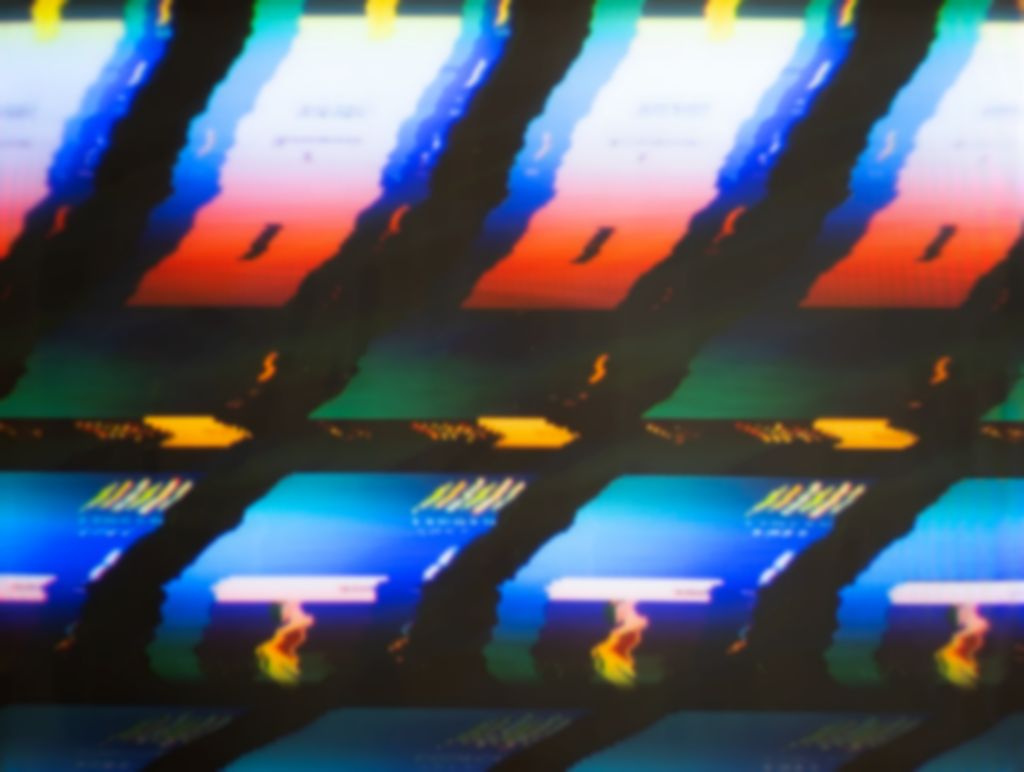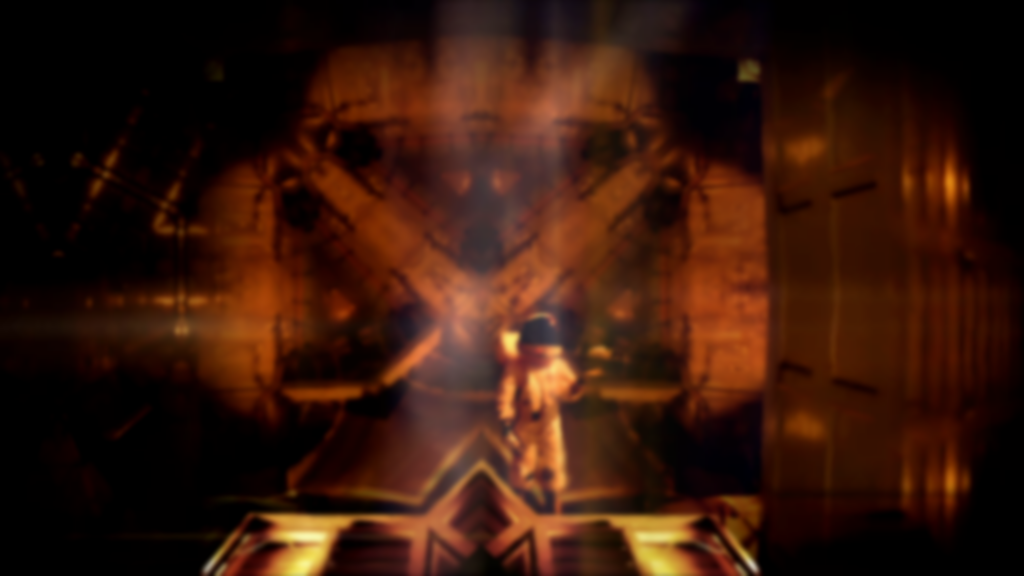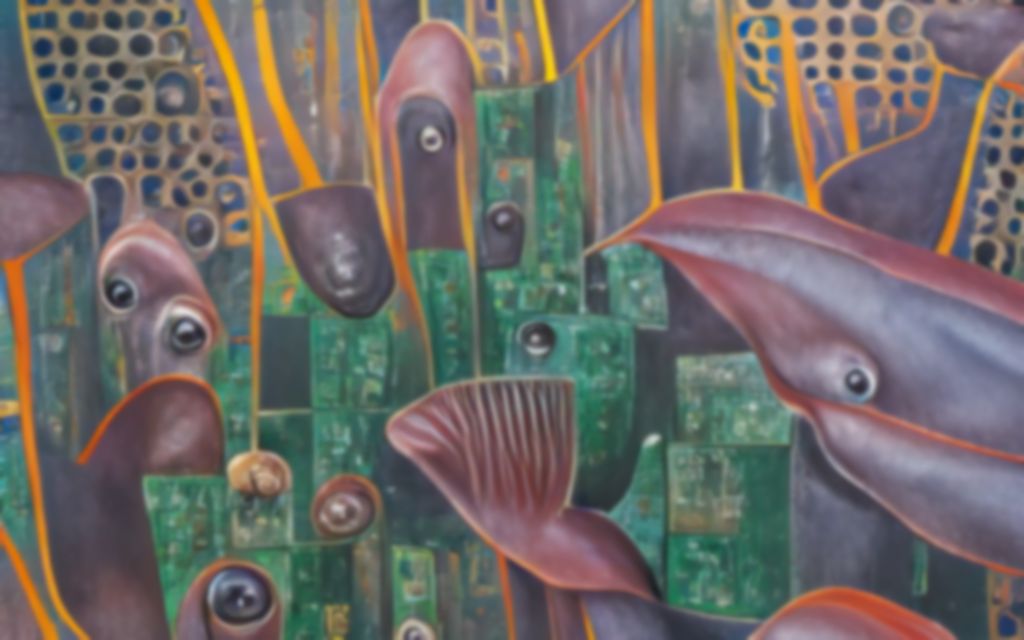MoveL_Creator, Robot, Intuition
CULTURE + TRADITION
Traditionally masks were associated with ceremonies that had religious and social significance or were related to funerary customs, fertility rites and medical practices. The forms and appearance of these masks invariably were prescribed by tradition, as were their uses. These social and cultural practices have acquired new personal and social meanings today in the virtual space. Compared to a conventional approach, based on cultural and geographical characteristics, new filters and masks could represent a so-called ‘digital tribe’, which defines a new cyber culture within the physical world.
What we call a ‘digital tribe’ can be described as “a collective of things living in a great big digital zoo”. The use of digital networks allows the tribe to self-organize and propagate through collaboration with other digital creatures. In a way, the tribe behaves in the same way in which that circuitry in the human body (the brain) enables our bodies to create connections that we never knew we needed. This makes communication possible not only between the tribe and the physical world, but also between the human and the digital.

TECHNOLOGY + MATERIAL
Today, there is a clear understanding that the development of digital technologies is directly linked to the configuration of the physical world. The fusion of digital and physical systems is challenging traditional models and ‘disrupting’ our understanding of materiality and computational language. The exposure to new modes of production and material performance through advances in the fields of synthetic biology, biotechnology, and material sciences, has given designers access to intricate material resolution. Colliding advanced computation through new simulation and form-making techniques enables makers to re-invent manufacturing procedures, optimize standard material applications and propose novel design expressions.

CONCEPT + DESIGN
This research utilizes the robotic automation within digital manufacturing processes as an opportunity to explore the fabrication of digitally created products. We attempt to bridge the gap between traditional, physical masks and the modern masks, virtual, unseen coded versions of the ‘digital tribe’. Through an installation on layered transparent surfaces, we explore the translation of such coded surfaces into interactive tangible interfaces and the frozen dynamism of digital masks.
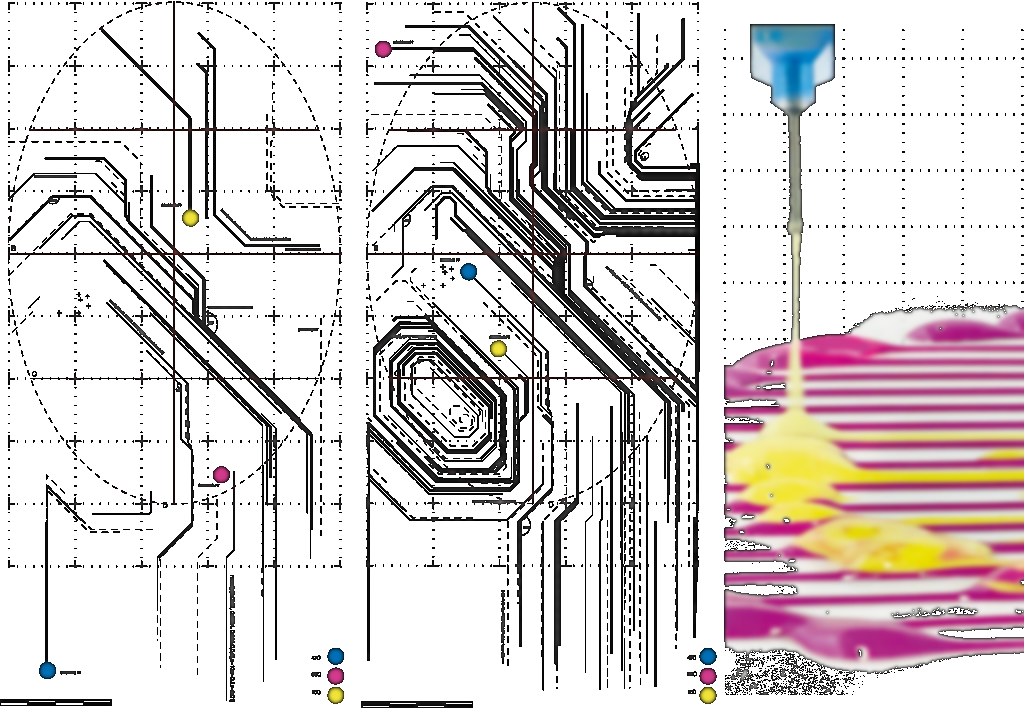
CODE + FABRICATION
The algorithm we created for this project is based on the very same traditional proportions (da Vinci, 14th century), although it translates them and other spatial “anchors” into dynamic generators. These anchors serve as field stimulators and create a unique form and visual language, hence – a new facial expression. Once we shift towards fabrication, the mask has its own behavior which we do not always control, giving the unpredictability or a physical glitch to enter, challenging the very core of a traditional and modern creation.
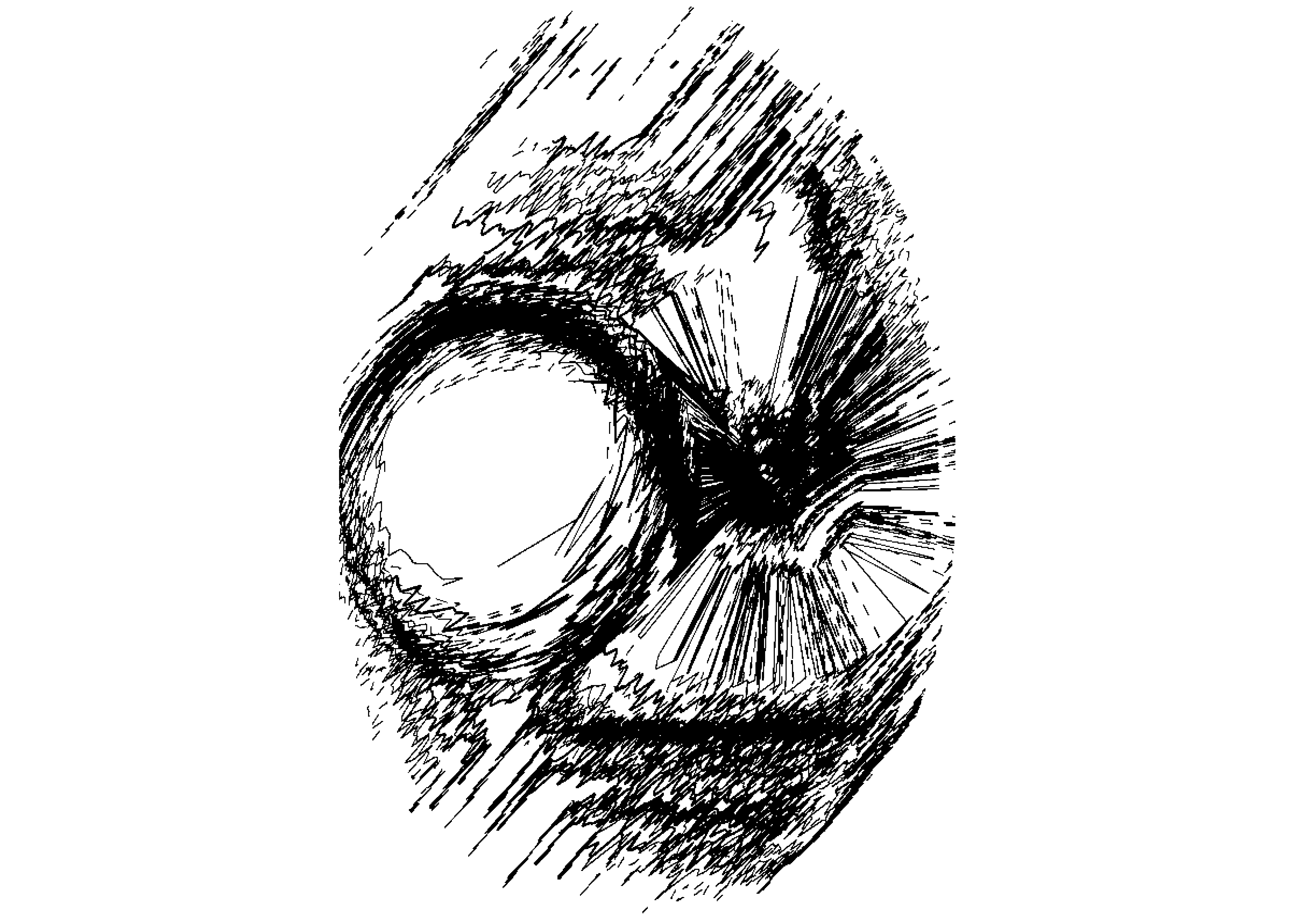
This mask is a typical element in the ceremonies of the cryptotribes. These tribes, located in the different islands of the blockchain, believe that the world should be restored as our early ancestors envisioned it. While other tribes follow Western powers, according to their beliefs, the cryptotribes hope for a return to the time of decentralization. Among the humanist ideas shared by many other digital tribes, cryptotribes have a very specific “mission of god”: far from what it was thought at the beginning of the crypto era, their goal is to destroy the capitalist society from the inside by exposing its very own weaknesses. Most of the cryptotribes do not hide the fact that they are hackers or “slacktivists”, as they call themselves online. The mask symbolizes the exploitative dialectic of master-slave, taken from Hegel’s philosophy, as an eternal evil of civilization, eternal as the blockchain.
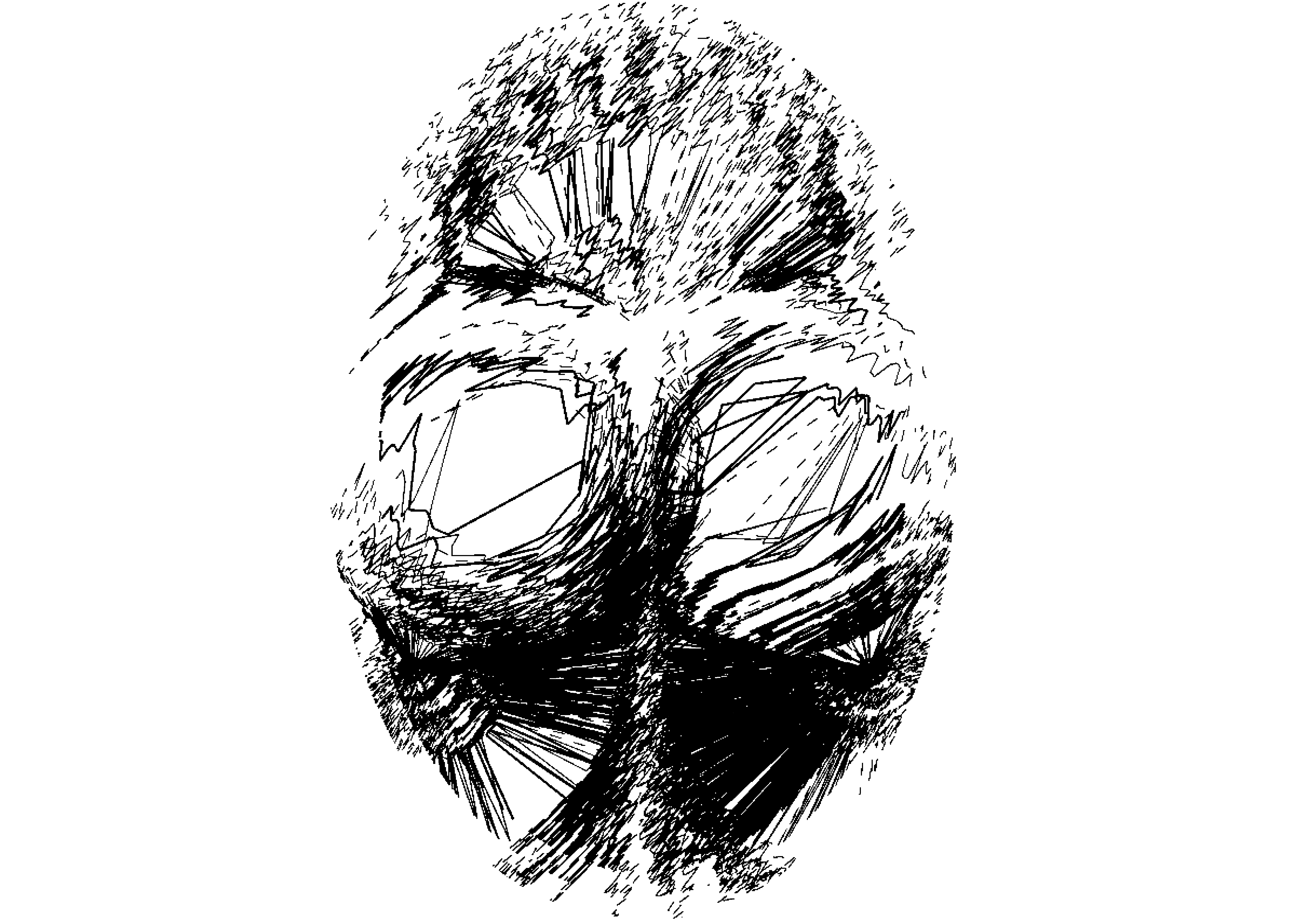
Here is a sample of the masks worn by the “NooNumericals”, number-fluid digital tribes in their crusades against binary code. At the end of the last millennium, these tribes decided to rebel against a technological society that forced them to define their identity. Many of them declared themselves “numberqueer”, rejecting the terms “0” or “1” which they see as language created by “homo-numericals”. And they claim that, in all the combinations of numbers, they are not numbers, but people. There are more than 100 number-fluid tribes which have, for various reasons, moved away from their own numerical identities. Some found a more number-neutral and universal language. Other questions are the basis of their numerical beliefs. Besides protection during the conflict, the mask offered these tribes the possibility of renouncing their previous binary identities.
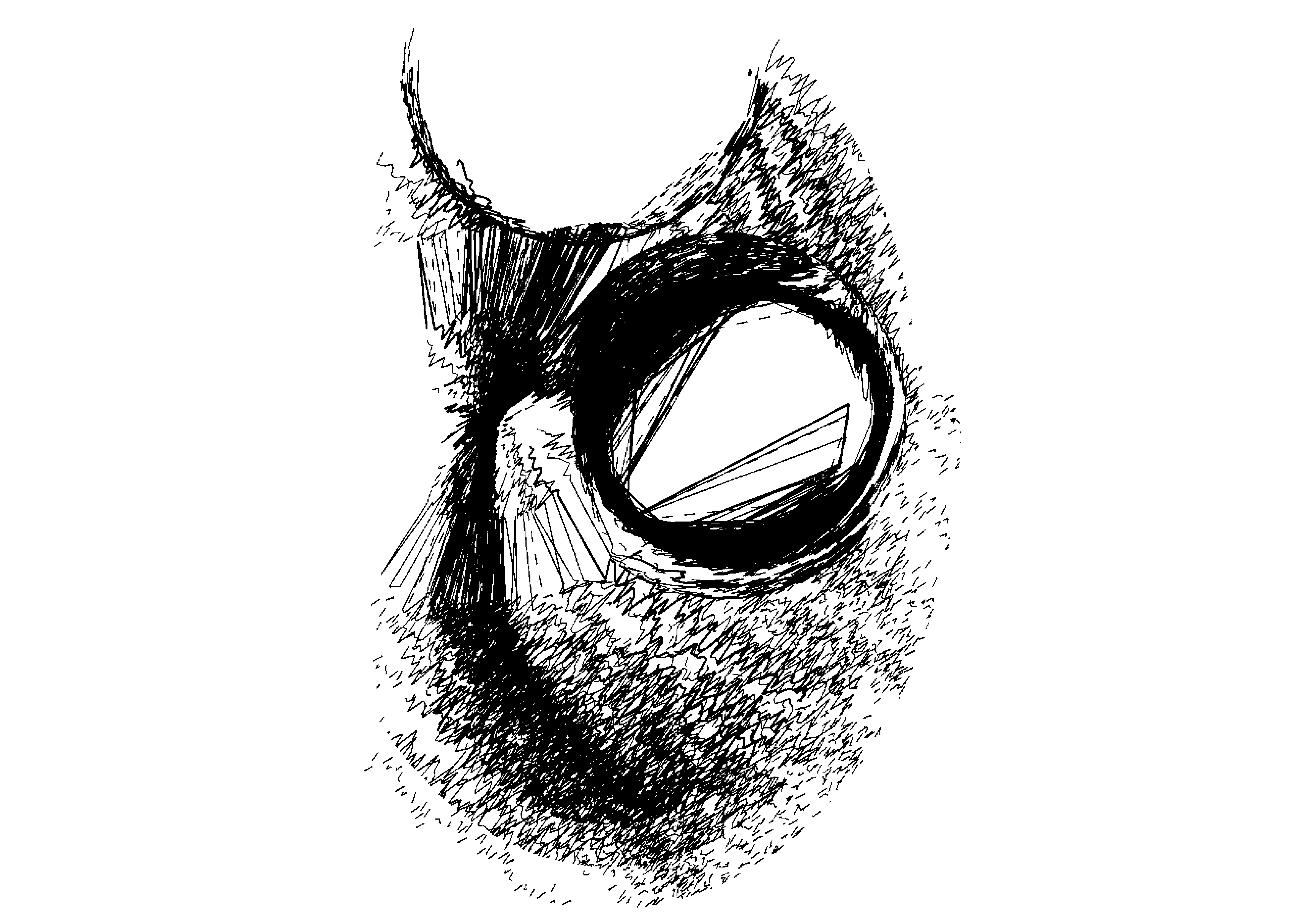
This mask is a unique example of those used by the P2P tribe. As is well known, kindness and generosity are the main values of this ancient group. Besides that, very little can be said about their mysterious existence. This sacred object was discovered in a tomb of the P2P tribe during excavations at the prehistorical net of EMule, near the pyramids of Ares and BitTorrent. Due to its location, it probably belonged to one of their leaders or a shaman. It was kept in a special ceremonial chest, open to a sea of data and, as you can observe, it has a fascinating shape and has been beautifully assembled. However, the relation between the elements is deliberately not harmonious: researchers have suggested it might be a veiled accusation against those who behave as distant neighbors or bad peers, against the mask is supposed to act as a symbolic shield.
Avi, Boris and Erez are architects with a rich background in 3D modelling and creative coding combined with an interest in generative art and digital fabrication.
Erez and Avi are creative researchers in D.Dlab in collaboration with Boris, creative architect and designer, who explore new narratives for material performance and interaction utilizing multidisciplinary knowledge between art, design, and disruptive fabrication technologies.
Avi Cohen graduated from the Technion and is also a multidisciplinary artist who creates in the fields of traditional tools and computational techniques. In recent years, Avi exhibited in several art exhibitions in Israel and a generative art exhibition in Russia. Avi is currently a tutor and a researcher in D.Dlab.
Erez Ezra graduated from the Architectural Association in London. Over the past 5 years Erez has been teaching and running his practice for Design, Fabrication and Cloud based work environments. Erez is currently a tutor and a researcher in D.Dlab.
Boris Levin is an architectural designer who graduated from the Technion. Boris teaches 3D modeling and visual coding and specialises in automation processes in construction fields. Boris has a strong affinity for visual arts and exhibited with Avi in a generative art exhibition in Russia.
D.DLAB [Distrupt.Design] is a design-led technological laboratory directed by Asst. Prof. Architect Shany Barath at the Architecture faculty in the Technion. It emerges from a mere observation of a world shaped by environmental factors and global challenges currently beyond our control. New complexities require spatial practices to seek higher-ordered goals that have the potential to disrupt common and projected practice.
Within this context, our research group develops projects that utilize computational design and manufacturing innovation towards real world scientific and cultural impact. Supporting collaborations between architects, scientists, engineers and creative minds, we serve as a launchpad for the exchange of ideas between academia and practice.
